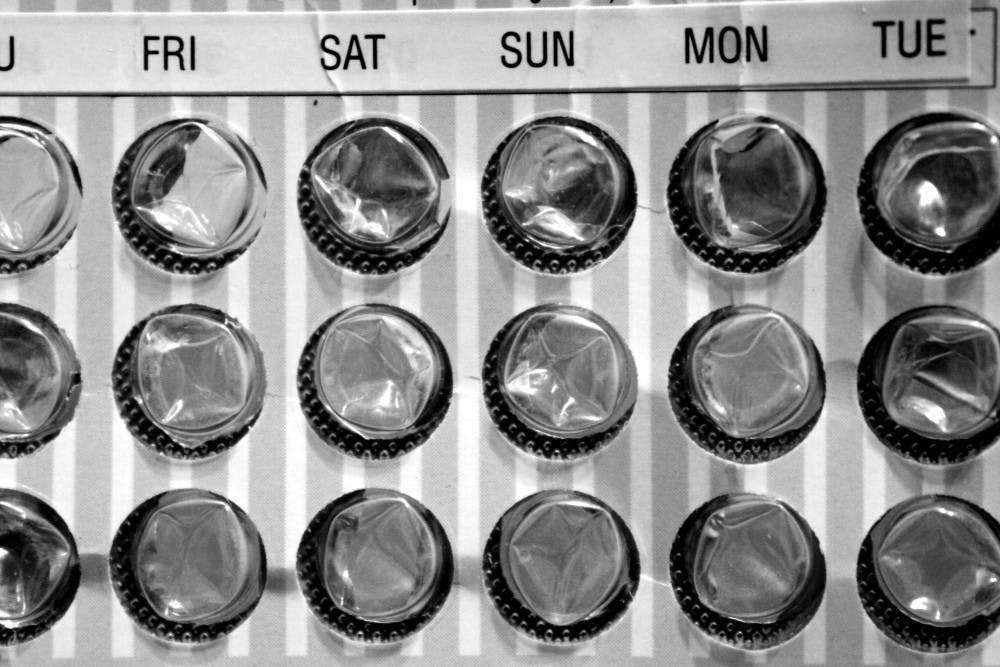
Penn Medicine reveals a victory for women who buy birth control under the Affordable Care Act.
A recent Penn Medicine study found that the average out-of-pocket cost of contraceptives has fallen dramatically since the Affordable Care Act took effect in 2012.
Researchers found that from the first six months of 2012 to the first six months of 2013, the national average out-of-pocket expense for birth control pills had fallen 38 percent from $32.74 to $20.37. Similarly, there was a 68 percent drop in cost for IUD insertion from $262.38 to $84.30.
The ACA requires that private insurance plans cover prescription contraceptives with no consumer cost-sharing, or money paid at the time of the medical service, such as copays or deductibles. The average price found in the study was above zero because not all forms of contraception are subject to the no cost-sharing requirement and some employers are exempt from participating on religious grounds.
Nora Becker, the lead author of the study and an M.D./doctoral candidate in the Perelman School of Medicine and the department of Health Care Management and Economics in Wharton, is optimistic that this study confirms the ACA’s success. “In a way, this paper is really just validating that the law is doing what the law is supposed to do,” she said.
However, this study may not be entirely optimistic. Becker also points out some downsides to the increased accessibility of affordable contraception. “Potentially this drop in out of pocket costs could result in an eventual rise in insurance premiums,” she said.
"Now that insurers have to fully cover the cost of these methods [of contraception], it’s potentially possible that they might charge higher premiums going forward because providing health insurance to people is now slightly more expensive.”
Defenders of the ACA argue that insurance premiums will eventually see a net decrease because the cost of providing birth control is significantly less that the cost of childbirth and the medical care associated with the birth.
“The question is — and it all kind of gets back to how price-sensitive women are for these products — if women start using birth control at higher rates or using more effective methods like the IUD, we could see premiums start to go down,” Becker said. “If women aren’t very responsive to these price changes, then we’re more likely to see premiums go up. But that’s another really big question down the road in terms of what the final impact will be.”
This study is the first of its kind to detail how contraception prices have changed since the ACA went into effect. Further studies are in the works and will continue to shed light on the ultimate effects of the ACA.
“There are lots of people who are interested in this subject, so I think this will definitely be an active area of research going forward,” said Becker.
The Daily Pennsylvanian is an independent, student-run newspaper. Please consider making a donation to support the coverage that shapes the University. Your generosity ensures a future of strong journalism at Penn.
DonatePlease note All comments are eligible for publication in The Daily Pennsylvanian.





